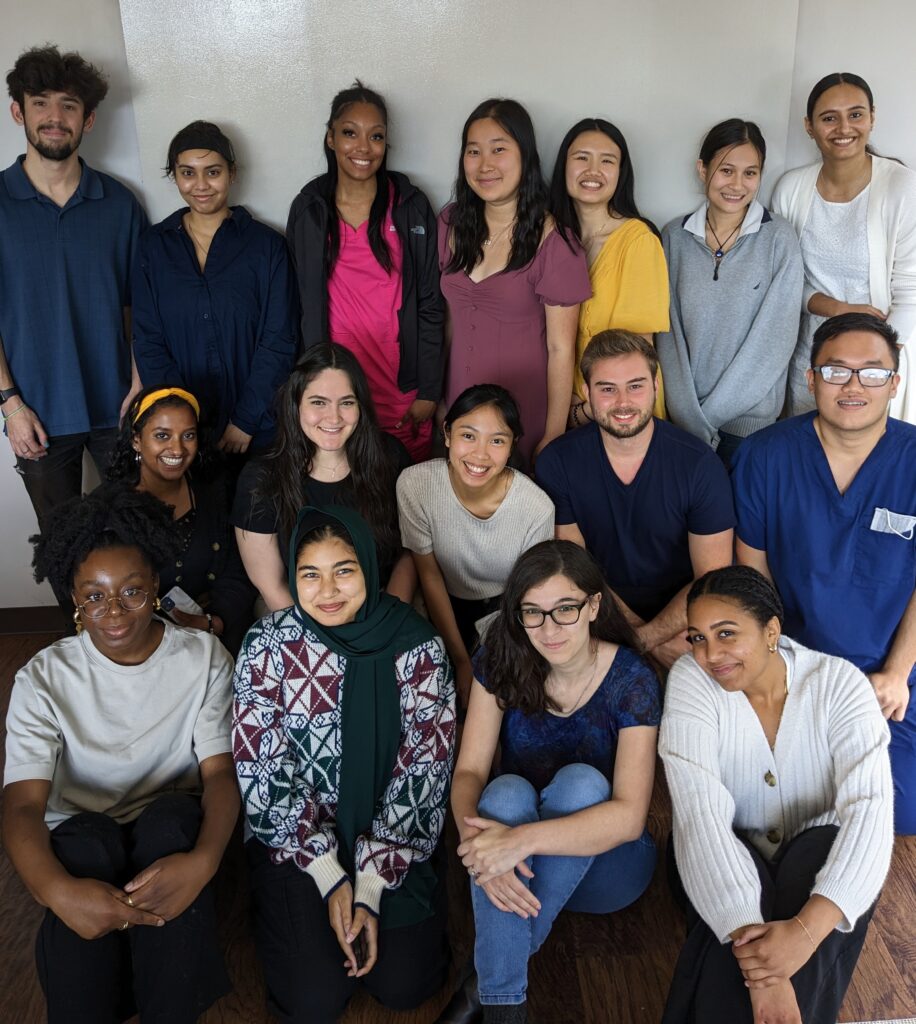The members of our multidisciplinary, expert treatment team have decades of experience working with complex patient populations and have worked in both inpatient and outpatient settings. The Petoskey team has the expertise and real-world experience to identify what is keeping a patient stuck and works with each patient to help them get back on track.
Clinicians
Jennifer Markey, PhD, MEd, CGP
Valorie George, LCSW, CGP
Elyssa Fink Gottheim, LCSW, CGP
Brett Needham, PhD, LCSW
Ramsha Momin, LMSW
Non-Clinical Interns

Our non-clinical interns play a key role in assisting our clinical team.
They are currently working on our outcome study and on outreach projects within the greater Houston area.
Our outreach projects are fueled by our commitment to educating the public about mental health and wellness. Each project aims to (1) reduce stigma around mental health treament and diagnosis and (2) increase the public’s understanding of mental health treatment options. If you have an interest in having us do a presentation at your organization, please give us a call at 832-202-2283. There are no fees associated with our programs.
Current interns include: Sarah Belew. Justin Collier, Deja Hatcher. Gizelle Hernandez, Rifah Islam, Jessica Mansaram. Marie Mina, Lilian Oyenuga, Aniqua Salwa, Alina Syed. Renata Vazquez. Vivian Vu. Elizabeth Walla
Resources for Understanding our Core Psychotherapeutic Interventions
Understanding Psychodynamic Therapy
Jonathan Shedler, PhD is a clinical professor of psychiatry at the University of California, San Francisco (UCSF), faculty member at the San Francisco Center for Psychoanalysis, and Consulting Supervisor at California Pacific Medical Center. He is creator of the Shedler-Westen Assessment Procedure (SWAP) for personality diagnosis and clinical case formulation, and co-author of the Psychodynamic Diagnostic Manual (PDM-2).
What is Mentalization?
Peter Fonagy, Anna Freud Chief Executive, is Head of the Division of Psychology and Language Sciences at the UCL; Chief Executive of the Anna Freud National Centre for Children and Families, London; Consultant to the Child and Family Programme at the Menninger Department of Psychiatry and Behavioral Sciences at Baylor College of Medicine; and holds visiting professorships at Yale and Harvard Medical Schools.
Are DBT Skills for Everybody?
Dr. Marsha Linehan, the developer of Dialectical Behavior Therapy (DBT), explains who can use DBT Skills.
What is Mentalizing & Why Do It
Jon G. Allen, PhD,, Professor of Psychiatry in the Menninger Department Psychiatry and Behavioral Sciences at Baylor College of Medicine talks about mentalizing and the role it plays in attachment relationships.
Our Center













